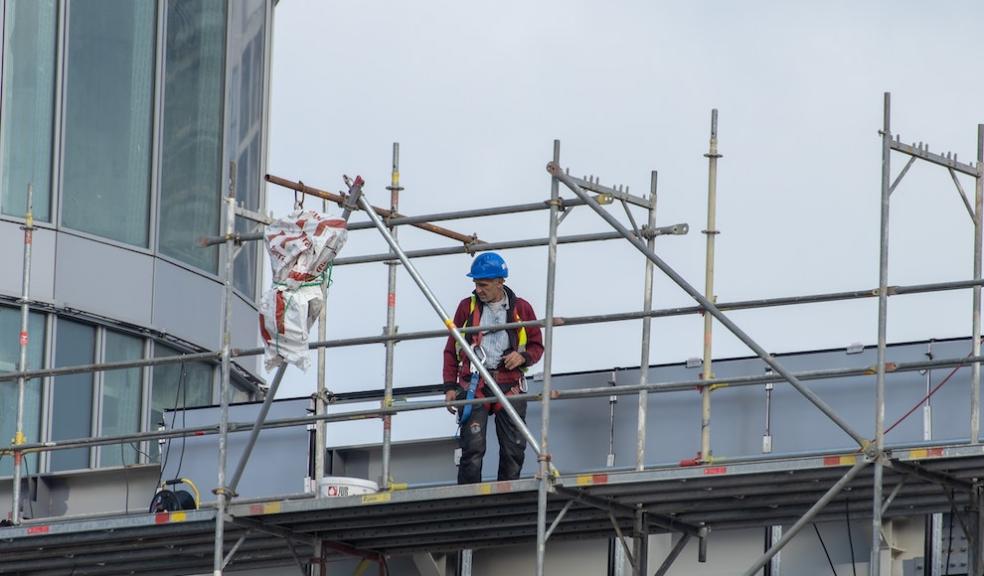
Climbing the Construction Ladder: The Scaffolding Advantage
In the world of construction, where reaching new heights is a daily challenge, scaffolding emerges as a vital tool that facilitates progress. It's more than just a temporary structure; it's the backbone of construction projects, providing access, support, and safety for workers. In this article, we will explore the B-MAT Scaffolding advantage, shedding light on why it's an indispensable component of the construction industry.
Understanding the Importance of Scaffolding
- Access to Heights: One of the primary functions of scaffolding is to provide safe access to elevated areas. Whether it's for construction, maintenance, or renovation, scaffolding serves as a secure platform for workers to reach heights that would otherwise be unreachable.
- Work Support: Scaffolding offers a stable and level working surface for construction workers. This platform allows them to perform tasks efficiently and accurately, from bricklaying to painting and everything in between.
- Safety: Safety is paramount in the construction industry. Scaffolding not only provides a secure workspace but also includes safety features like guardrails and toe boards to prevent accidents and falls.
- Versatility: Scaffolding can be customized to suit the unique requirements of a project. Whether it's a simple structure for a small repair job or an elaborate scaffold system for a skyscraper, scaffolding can be adapted to the task at hand.
- Efficiency: Scaffolding saves time and labor by eliminating the need for constant setup and dismantling of equipment like ladders and lifts. Workers can focus on their tasks without interruption.
The Role of Scaffolding Experts
- Design and Planning: Scaffolding experts play a crucial role in designing scaffold systems tailored to a project's needs. They consider factors like load capacity, access points, and worker safety.
- Installation: Scaffolding must be assembled correctly to ensure stability and safety. Experts are trained in proper installation techniques and can erect scaffolding efficiently.
- Maintenance: Regular inspections and maintenance are essential to keep scaffolding safe and reliable. Scaffolding experts perform these tasks to prevent accidents.
- Adherence to Regulations: Scaffolding must meet industry safety standards and regulations. Experts ensure that all scaffolding installations comply with these guidelines.
Types of Scaffolding
- Tube and Coupler Scaffolding: This is the most common type of scaffolding, consisting of tubes and couplers that connect to create a framework. It's versatile and suitable for various construction projects.
- Frame Scaffolding: Also known as "H-frame" scaffolding, it consists of pre-engineered frames and cross braces. It's easy to assemble and transport.
- Suspended Scaffolding: Suspended from the top, this type is commonly used for tasks like window cleaning and painting tall buildings.
- Mobile Scaffolding: Mounted on wheels, mobile scaffolding is highly portable and suitable for smaller jobs or tasks that require frequent relocation.
Conclusion
In the world of construction, scaffolding is the silent hero that enables workers to climb the ladder of progress. It provides access, support, and safety, making it an indispensable tool in the construction industry. Scaffolding experts ensure that these structures are designed, installed, and maintained to the highest standards, keeping workers safe and projects on track. So, the next time you see scaffolding on a construction site, remember that it's not just a temporary structure; it's the scaffolding advantage that makes construction possible.









